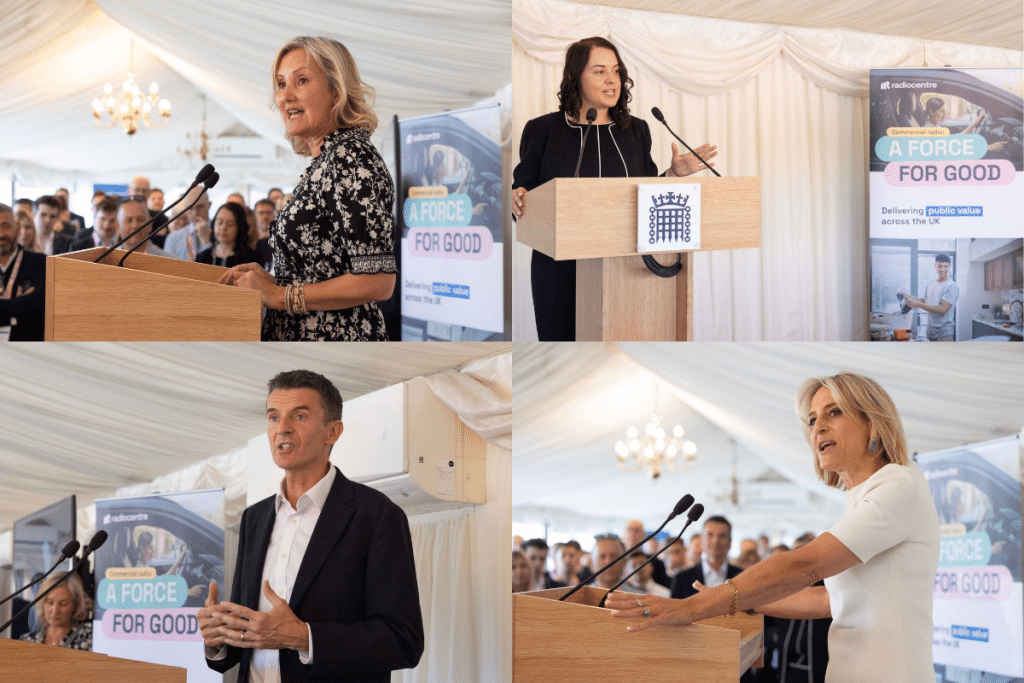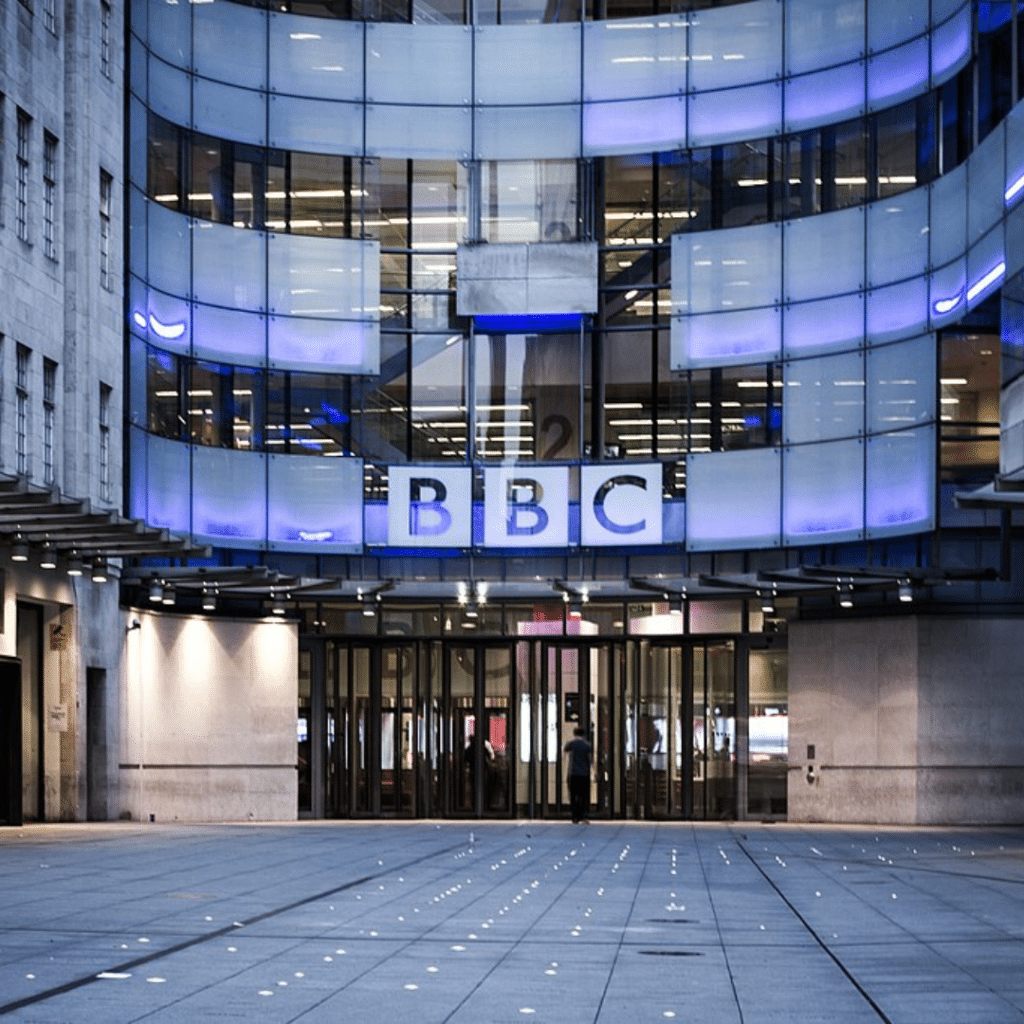
The facts about listening during COVID-19

In a recent leader column in Campaign, Gideon Spanier challenged the advertising industry to come out fighting. This wasn’t an exhortation to come out fighting each other, but rather a plea for the industry to stand up for itself and demonstrate clearly and loudly the value brands get back for every pound they spend on advertising. At Radiocentre we don’t believe in scrapping with other media as there is room for everyone in our rich media landscape. Occasionally however we do feel the need to challenge potentially misleading claims.
The Campaign story “Every day is like Sunday” (Friday 1st May) reviewed some analysis from Spotify about changing listening habits during the coronavirus crisis. But the same piece also referenced how, when responding to analyst’s questions last week about Q1 2020 financial results, Spotify’s CEO Daniel Ek reassured investors by airing his belief that “the trend line of moving from linear to on-demand will likely be accelerated by the Covid-19 crisis”. This claim attracted a fair amount of press coverage but little scrutiny of any supporting evidence.
Let’s review the facts that are currently in the public arena about listening behaviour during COVID-19 and see how this stands up. It’s also worth reminding people why we listen to radio and why it’s not right for streaming companies to constantly say they are replacing radio.
According to new research published by Radiocentre, 38% of commercial radio listeners are tuning in for an extra hour and 45 minutes each day since lockdown amid the COVID-19 pandemic, as they adjust to spending more time at home. The driving force behind this increase is the ‘newly working from home’ – with 45% of this group listening to more radio now, on average for an additional two hours each day. These figures suggest that any listening lost due to the reduction in commuting has been more than replaced by a boost in home listening.
These findings follow evidence from commercial broadcasters and radio stations across the UK which showed a double-digit increase in digital listening following the beginning of the lockdown – with both Bauer and Global reporting a rise in daily reach of 15%.
In contrast, a report from Quartz Global highlights a fall in the number of plays for the Top 200 songs on Spotify across different markets as infection rates grow and hypothesises that, rather than growing, music streaming may be actually falling because of coronavirus.
To balance this, Global Web Index’s Coronavirus Research March 2020 report found that 11% of UK/US adults were considering paying for a Spotify subscription during COVID, implying that there is potentially untapped interest in music streaming.
It’s not easy to find any directly comparable evidence for current listening trends between radio and streaming services but the same Global Web Index study also explores changes to in-home media consumption. The data reveals that 17% of adults say they’ve been listening to more radio compared to only 14% claiming to listen to more streaming services.
Why is linear radio so resilient? The reason for this lies in the need states served by the different audio services, as revealed in Radiocentre’s research report Audio Now. The two need-states that are mainly served by on-demand services are HELP ME ESCAPE (when people want to cut themselves off from the outside world and mentally recharge) and AMPLIFY THE MOMENT (taking control of background music to match the mood in social situations) – both of these are significantly less relevant when people are locked down at home.
Conversely, the four need-states dominated by radio – LIFT MY MOOD (help energise me when engaged in other tasks), PROVIDE SOCIAL CURRENCY (give me new things to talk about), BROADEN MY HORIZONS (help me discover new music), and KEEP ME IN THE LOOP (keep me connected with what’s going on in the outside world) – all grow in importance when people are isolated.
With many stuck inside under lockdown, Radiocentre’s new research study (referenced above) explored people’s reasons for listening more: 90% percent of respondents agreed that commercial radio kept them in touch with the outside world, while a similar number agreed it kept them informed (89%). A further 84% – possibly missing regular social activities – said that radio keeps them company.
These need states also help explain the continued resilience of radio listening across a decade of intensifying competition. According to RAJAR MIDAS, linear radio currently accounts for almost three-quarters of all time spent with audio – the different data sets reviewed here suggest that if on-demand music services are to grow during the coronavirus outbreak it will NOT be at the expense of linear radio’s dominant share of listening.
We all understand the need to accentuate the positive. Radio will most certainly be fighting in the way Gideon urged us to. But let’s not lose our powers of analysis and ensure that all claims are subjected to the same rigorous degree of scrutiny. That’s what makes for a healthy, thriving media ecology.
Siobhan Kenny is Chief Executive of Radiocentre.



